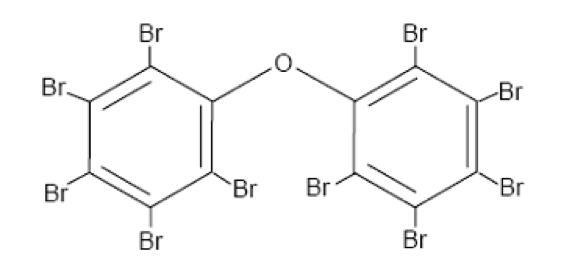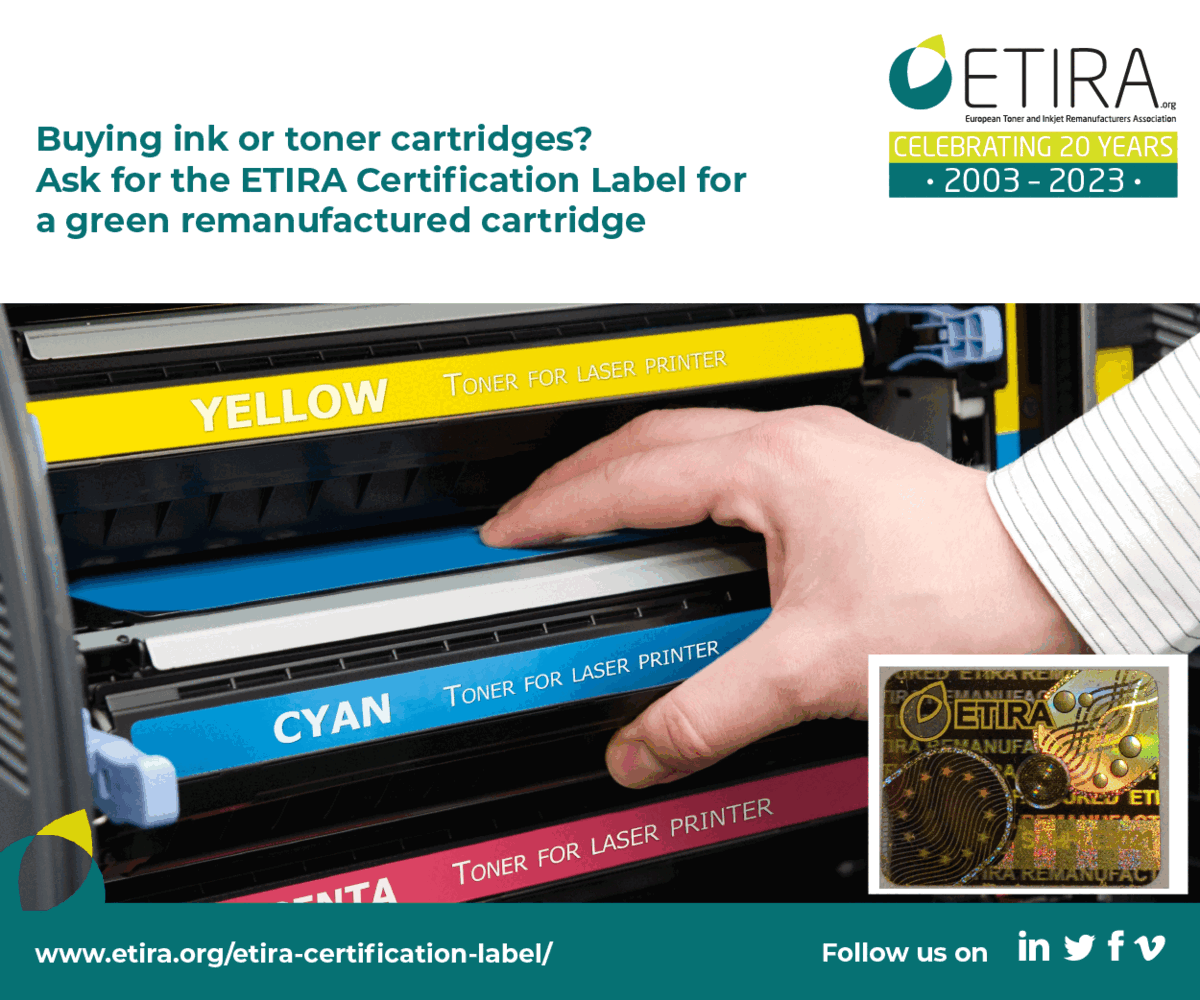 After the draft risk assessment was published earlier this year, Nicnas has now published its final findings of its study.
After the draft risk assessment was published earlier this year, Nicnas has now published its final findings of its study.
In April, a 104-page draft of the risk assessment report was published by Australia’s national chemicals agency, Nicnas, regarding the importing, usage and effects of flame retardant chemical DecaBDE.
The report by Nicnas examines currently available evidence on the use of the substance and its effect on health, workers and the environment. It analyses the chemical’s import volume trends, its usage according to industry sector, studies of its effects, and the different regulatory initiatives controlling its usage in different countries.
The report does not offer specific policy recommendations, but instead advises the Australian government to “explore options” for the management of both the usage and importation of DecaBDE based on the evidence it has collected.
DecaBDE is a member of a class of chemicals known as PBDEs. This class includes all chemicals with the diphenyl ether structure where one or more of the hydrogens have been substituted by bromine, and the members range from monobrominated to decabrominated.
The study was not intended as a survey of the overall PBDE levels in household dust, but rather to determine major sources contributing to these levels.
The study found that “based on the available information, human health risks associated with exposure to decaBDE are low. The bioavailability of decaBDE is low by all routes of exposure. The available studies indicated that decaBDE has low acute toxicity, does not produce skin or eye irritation, and is not a skin sensitiser. It also has low systemic and reproductive toxicity following repeated dosing. DecaBDE was determined by IARC to be not classifiable regarding human carcinogenicity.”
It goes on to say: “The EU risk assessment of decaBDE (EC, 2002a) attributed the major exposure route to decaBDE for the general public to be via the environment, and stated that direct exposure was likely to be negligible. While the impact on the conclusions of this human health assessment is minor, the recent work on the significance of indoor dust exposure implies that the indoor environment can be considered as a direct source of exposure to decaBDE.”
DecaBDE has been making headlines on a regular basis of late, including in the remanufacturing industry, due to the discovery of “excessive” levels of the chemical found in some new-build cartridges.
In January of this year, Samsung announced it was investigating how the flame retardant came to be found in one of its TV sets sold in the USA.
A month after Samsung’s announcement, the EU revealed it was toughening up its pollutant rules on persistent organic pollutants (POPs) which include DecaBDE, though various NGOs still described the new concentration limit as being too high, describing it as a “permission slip to contaminate”.
Most recently, Taiwan announced it was introducing controls on the substance; where previously DecaBDE was listed in the country as a Class 4 toxic substance, it now falls under Classes 1 and 2.
DecaBDE was banned by the Stockholm Convention back in 2017, along with SCCPs (short-chain chlorinated paraffins).
The full report can be downloaded here.








